Drops of water, waves of suffering

In the quiet village of Bottola, nestled in the hills of Rangamati's Naniarchar upazila, each day begins early.
As the sun rises, the village wakes up, and women like Mollika Chakma set out on their daily journey to fetch water -- a task they have carried out for years, despite the pain and challenges it brings.
Stepping out of the house with an empty kolshi (pitcher), 38-year-old Mollika begins her daily walk -- for water, her family, and survival.
Like many women from nearby hamlets -- Toroni Para, Dharmasrom Para, and Shikolpara -- she walks nearly two kilometres to fetch water from a shrinking kuā (well-like water source).
"I've been doing this since 2010. The pain never goes away -- my lower back, knees, and hands hurt all the time. Sometimes we even squabble with neighbours because the kuā is drying up," Mollika says.
Hundreds of women across Rangamati's remote hills have a similar story.
Water is collected three times a day -- at dawn, midday, and late afternoon. During the dry season, many wait up to three hours, often returning home with empty kolshis.
Juleka Chakma, 50, has been carrying water since she was eight. "My knees and back feel like they're breaking. I have to take painkillers regularly," she shares.
For others, the pain becomes overwhelming. "It gets worse during full moon days. Sometimes I faint from the pain," says Monika Chakma, who suffers from chronic back issues.
Beyond the physical strain, the emotional burdens run deep.
"If I come home late, my husband yells and accuses me of wasting time. Sometimes, he even hits me," confides a woman from Shikolpara, requesting anonymity.
The dangers grow after dark.
"We've been bitten by snakes, attacked by wild animals, and slipped on the rocky trails," says Ripona Chakma.
"During the monsoon, the paths become dangerously slippery. But what choice do we have?" she asks.
In Paschim Dewanpara of Sabekon union, the crisis is even worse. Villagers must cross rivers by boat to collect water.
Despite battling diabetes and heart disease, 47-year-old Champa Chakma still makes the journey. "My body can't take it anymore. But my family needs water," she says.
This invisible labour contributes to what experts call "time poverty" -- the loss of valuable hours, especially for girls.
"I'm in class ten, but collecting water takes up my study time. I often have headaches and feel exhausted. But if I say no, it causes fights at home," says Antora Chakma, a tenth-grade student.
Doctors say the symptoms these women describe match musculoskeletal strain and long-term postural damage.
"Carrying water on the head, especially across hilly terrain, puts compressive stress on spinal discs and weakens the vertebrae over time," says Dr Jetendriya Tangchangya, a physician at Rangamati Medical College Hospital.
"We frequently treat women with chronic back pain, knee problems, and early signs of spinal disc herniation," he adds.
But the suffering goes beyond the physical.
"Beyond the pain, we often see signs of anxiety, depression, and extreme fatigue," Dr Tangchangya notes.
"This isn't just a water crisis -- it's a public health crisis."
Recognising the issue, the Manusher Jonno Foundation (MJF) has installed four tube wells and two rainwater harvesting reservoirs in the most affected areas.
"Fetching water isn't just a household chore here -- it leads to chronic illness, gender-based violence, and missed opportunities," says Mitu Chakma, project coordinator of MJF's CREA initiative in Rangamati.
"Our goal is not just to provide water but to restore dignity and time to these women," she says.
MJF is also advocating for sustainable water sources by protecting village common forests (VCF) and natural streams. In partnership with local communities, it has developed management plans for two VCFs.
"To truly address this crisis, we need local-level plans with participation from marginalised communities, which can then be implemented by local authorities," says Mitu.
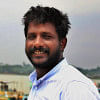
 For all latest news, follow The Daily Star's Google News channel.
For all latest news, follow The Daily Star's Google News channel. 
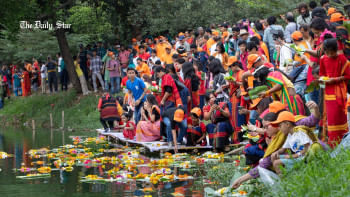



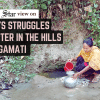
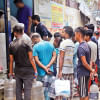
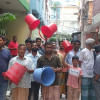


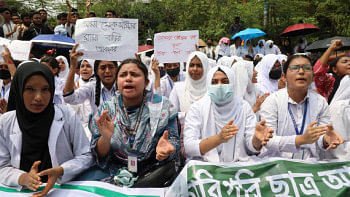
Comments